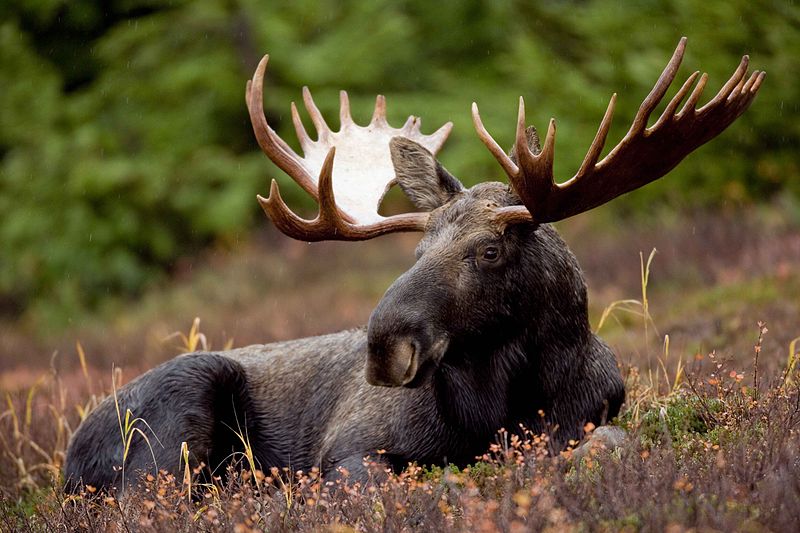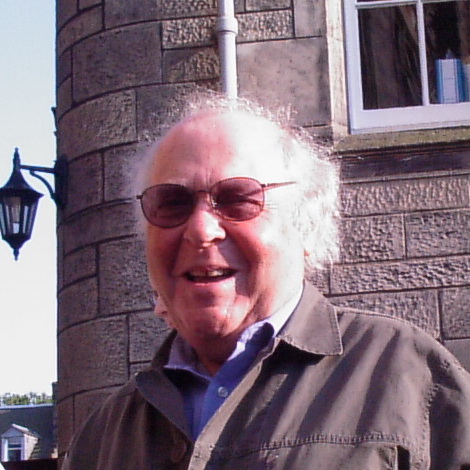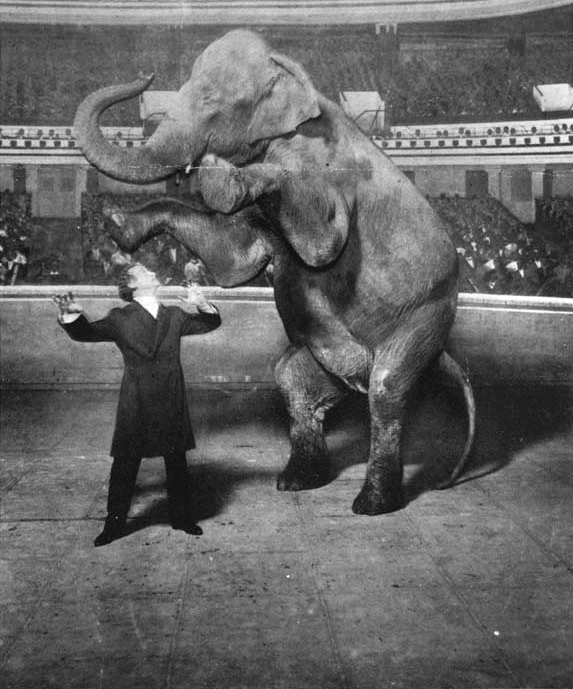Nearly every human past the age of eleven is capable of forming generalizations based on what he has learned from his
individual experiences and, to an even greater degree, what he has been taught
by the adults of his tribe. Conceptual thinking is as human as having
forty-six chromosomes. It comes to a child at the age when, for example, he
realizes that the short, wide cup holds more soda than the tall, slim one.
Volume is a concept. (I take Piaget as my guide here.6)
The programmers of society—parents, teachers, shamans,
and others—make use of this faculty in their young subjects, greatly increasing
these children’s chances of surviving by programming them with more than
simple, one-to-one responses to recognizably repetitive sense data patterns in the
tribe’s territory. The young subject is to be programmed with concepts and
then, at higher levels of generality, with principles, beliefs, and values. These
enable that young subject to respond to, and handle, new situations. Recognize
that a new animal or fish or plant could be used for food. Or recognize that
the new animal or plant is harmful. “This lizard or spider has a poisonous
bite.” “This weed is making my cattle sick.”
Our capacity to think, to use concepts, gives us a
big advantage over all other species on this planet. It is also by this
capacity to think, combined with our capacity to communicate, that human tribes
evolve. An individual sees a new way of getting food or chipping flint or
curing diseases, etc., then tells her/his fellows. A few try it. If it works,
and it’s not threatening some other moré that is “sacred” for the tribe, the
new moré will get taken up and the tribe as a living unit will evolve. Not by
genetic variations, but by cultural ones.
Reindeer with
herdsmen (credit: Detroit Publishing Co., via Wikimedia Commons)
Every tribe has labels (words) for large groups of
similar things or events in the tribe’s environment. These category terms are
taught to the young because they are useful in the quest for survival. The Sami
(Laplanders) have many words for describing a reindeer because they sometimes
need to differentiate between them. A single word to describe a blond,
pregnant doe is useful if she is in labour, in distress, and in need of
immediate aid. And for Cro-Magnon tribes, it probably was useful to have many
terms for rock or stone or flint because only certain
types of flint could be used to make effective weapons and tools.
By contrast, most
visitors to Lapland speak only of reindeer does, bucks, and fawns, and some
visitors may have no words for reindeer at all. And most of us today, compared
to our Cro-Magnon ancestors, know very little about types of flint.
The word principle is
a term for patterns that are common in even larger groups of things or events.
Terms like danger and edible name very
general principles that a tribe has spotted in many real-life experiences of
many tribe members. Terms for principles are harder to learn than ones
like tiger or nuts, but also very useful in real
life. The term danger enables one tribe member to tell another
to get away from something quickly and stay away. It covers tigers, snakes,
bears, crocodiles, unstable cliff faces, avalanche zones, poisonous plants, and
so on. It’s an efficient term and one worth learning and keeping.
The term edible covers
nuts, berries, maggots, eggs, frogs, fish, lizards, and many more things an
individual may come upon within the tribe’s environment. It enables one tribe
member to tell another that the substance they’re looking at is worth gathering
because it can be safely eaten, even if sometimes it doesn’t look very appetizing.
California spiny lobster (credit: Dr. Kjaergaard [assumed], via Wikimedia Commons)






















